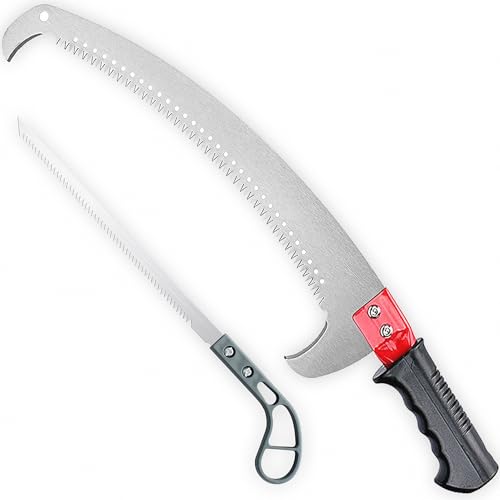I'm far from an expert, but let's take a tour of the BDC carburetor.
The impulse is lower left just like all the other flatbacks and HLs. The gasket is cut at all four corners and the reed V is drilled, too. So the fuel pump can drive in any position.
This is a no-welch-plug carburetor. Here's how it looks on the wet side of the diaphram with the cover, gaskets, and valve in place. Fuel enters through the metering nozzle at the top as always. It's fed through the 2 ports identified. The Main has a check valve just like the bottom fuel pump. I think it is there so diaphram position changes won't pull fuel back through the main and lean out the engine.

Now it gets a little confusing. I'll try my best to explain. First the idle circuit. Fuel enters at the left of the bowl-shaped channel through the top plate. The idle vacuum port at left, I believe, relies on low pressure inside the delivery channel due to vacuum from the jets to pull fuel over. It's ducted there through the gasket/valve/gasket sandwich. Or maybe some kind of bleed? Not really sure. Anyway, fuel moves to the right and then turns up along the low speed nozzle into the low speed metering chamber. At idle, fuel is delivered through the idle jet. Part throttle opens Accleterator jets #1 & #2 in succession.

Now it gets more complicated. Accelerator jet #3 takes fuel out of the main jet nozzle. It's delivery channel is parrallel to the carb's bore and goes from the Acc. #3 jet chamber up at an angle, through the main jet, and to a vacuum port in the carb bore in front of the venturi. What I believe happens is that at part throttle, the pressure differential siphons fuel off the main jet and into the acceleration #3 jet. At WFO, it is inactive and pulling all from the Main. The High needle threads right into the Main jet stand pipe and the needle constricts as necessary. The only other thing is the duckbill feeding the dry side of the diaphram instead of an atmospheric vent. Haven't figured that one out just yet. The fuel pump section is just like a saw flatback. A double pumper is, I imagine, much more complicated...
Clear as mud?

























































